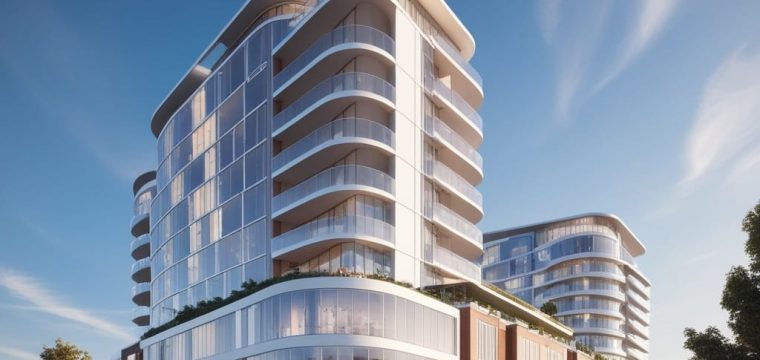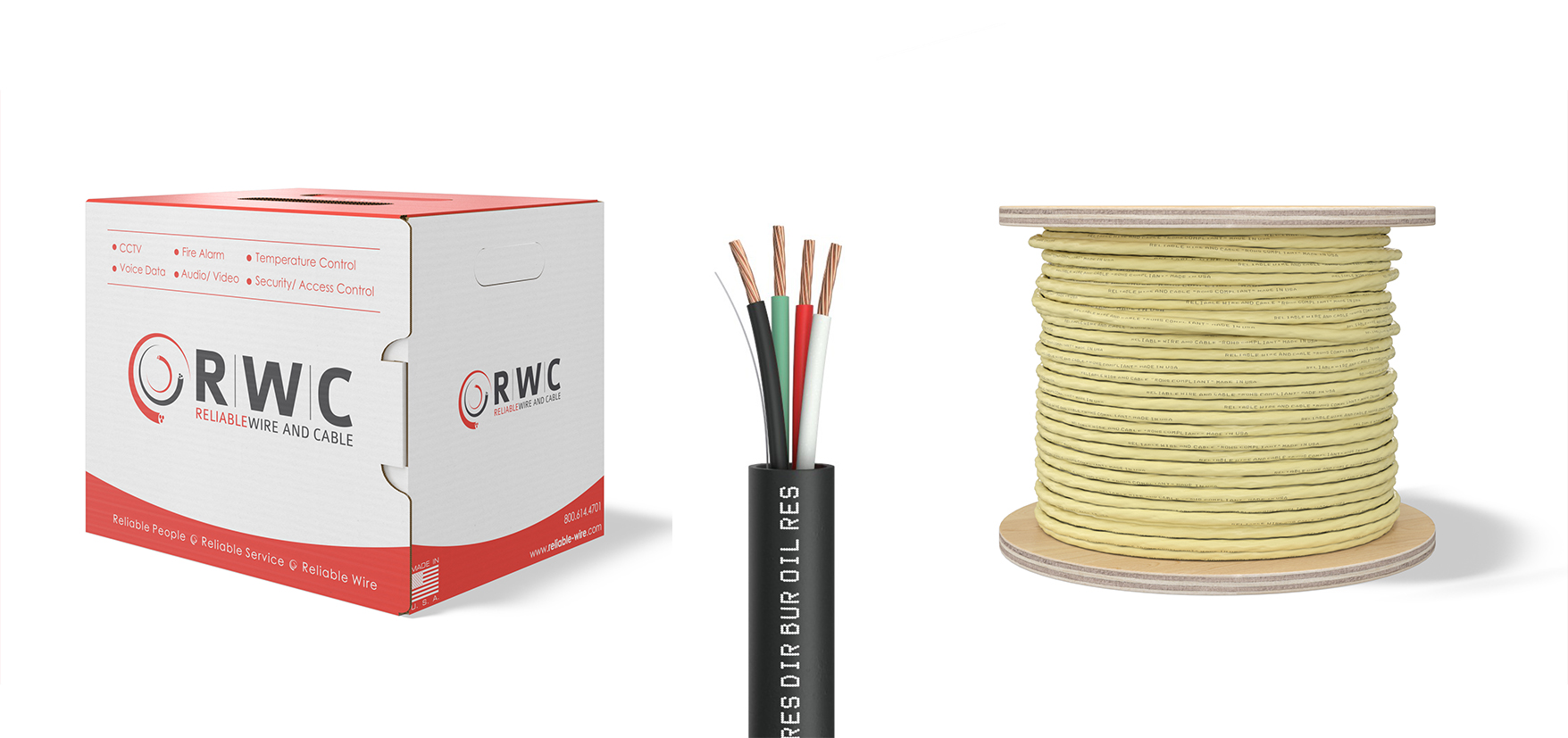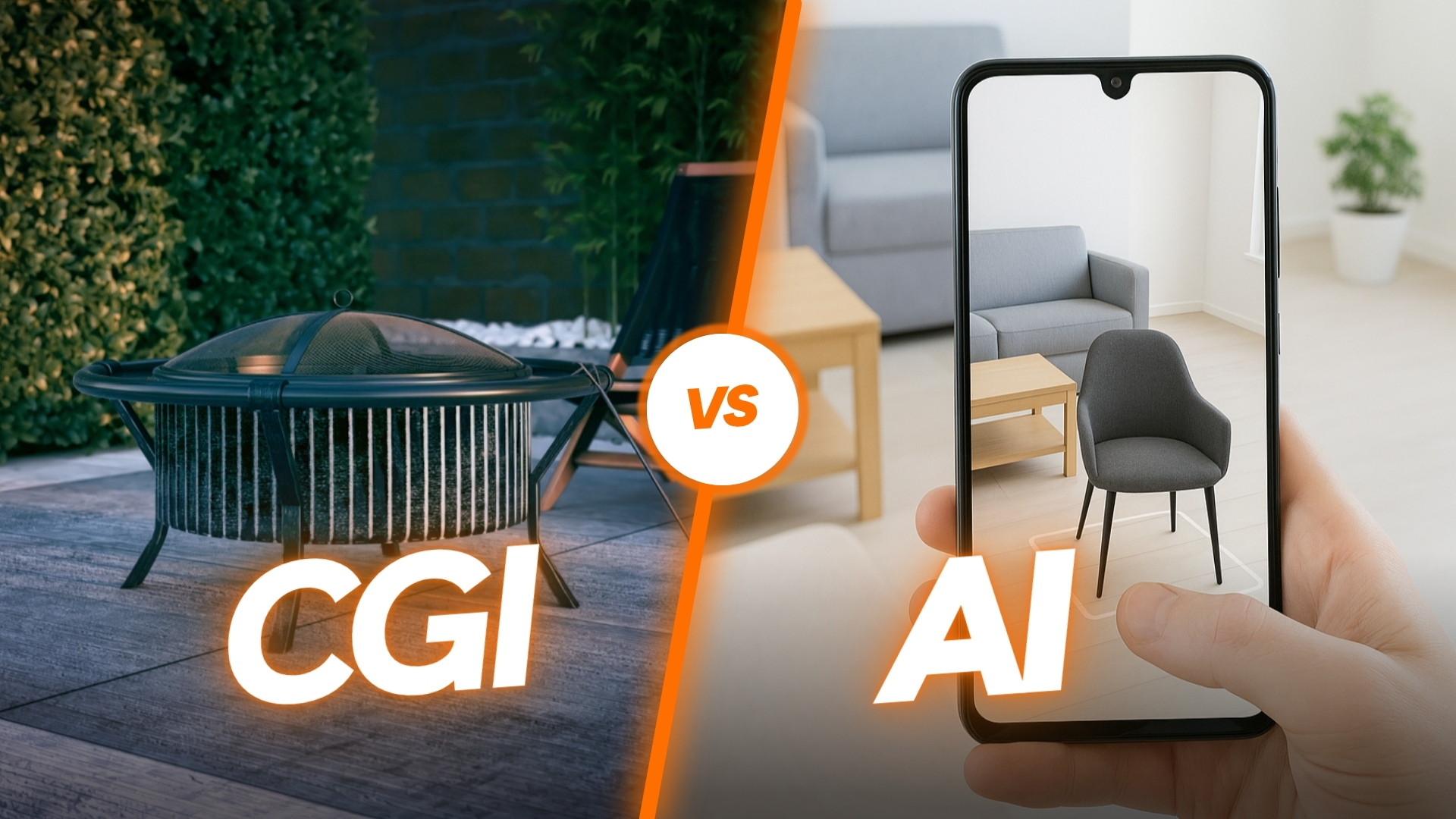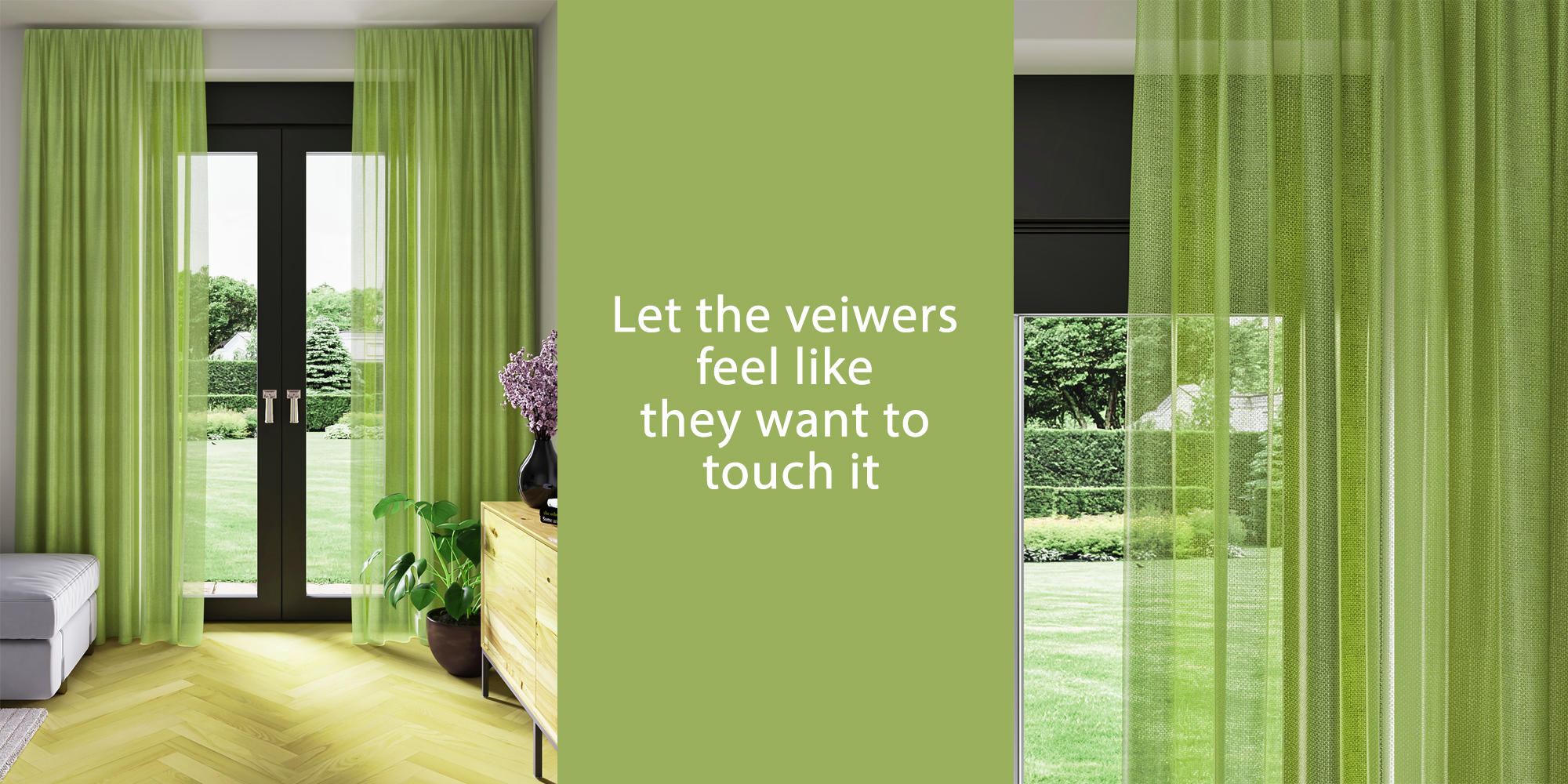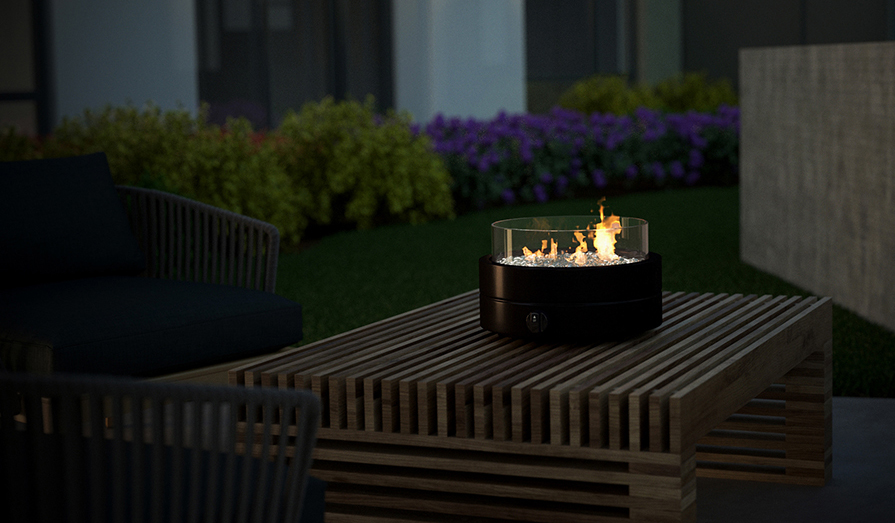Architects, designers, and developers know how essential facades are in architectural design. We Enjoy Rendering Facades as it is the face of the architecture and represent the main features. Facade renderings are synonymous with exterior renderings, showcasing a building’s exterior and helping clients and stakeholders imagine the finished design.
What is Facade Rendering?
Simply put, facade rendering is the process of producing 3D Rendering for building facades. It simulates materials, lighting, and environmental elements to provide an accurate representation of what the final structure will look like.
By combining 3D modeling, advanced rendering tools, and a creative eye, facade rendering transforms ideas into visuals that everyone can understand and appreciate.
If you’re curious to learn more about how exterior designs come to life, check out our Exterior Rendering Services page.
How Facade Rendering Improves Design Communication
3D Renderings are meant to improve design communication. No exception for 3D Rendering of Facades. It goes beyond just making a building look good. Here’s how:
Clearer for Clients & Investors – Not everyone understands blueprints. A 3D render makes decisions faster.
Keeps Teams Aligned – Architects, designers, and engineers stay on the same page, avoiding miscommunication.
Smart Material & Lighting Choices – Test materials and lighting virtually to prevent costly mistakes.
Faster Approvals – Many cities require renderings for permits. A clear facade render speeds up the process.
Better Marketing & Sales – High-quality visuals attract buyers and boost project interest.
Want to dive deeper into the process of creating stunning architectural visuals? Check out our blog: The Process of Architectural Rendering Services in 2024.
How Facade Rendering Works
Traditional Facade Rendering
Traditional facade rendering follows a structured process to achieve photorealistic results.
3D Modeling – A detailed digital model is created using 3ds Max, SketchUp, or Blender.
Material & Texture Application – Realistic materials like glass, concrete, and wood are applied for accuracy.
Lighting & Environment Setup – Natural and artificial lighting are adjusted for realistic reflections and shadows.
Rendering & Post-Processing – Engines like V-Ray, Corona Renderer, or Lumion generate high-resolution images, refined further in Photoshop, After Effects, or other third-party tools.
Conceptual Facade Rendering: The Modern Approach
Conceptual rendering has evolved from rough sketches to photorealistic visuals, even in early design stages.
AI-Powered Concept Creation – Tools like DALL·E and MidJourney generate realistic facade concepts quickly.
Photorealism in Early Stages – Unlike traditional conceptual rendering, AI now integrates materials, lighting, and environments from the start.
Faster Iteration – AI and parametric tools allow rapid design exploration, reducing time-consuming manual adjustments.
3D rendering studios now blend traditional rendering techniques with AI-driven processes to achieve both efficiency and accuracy. However, if someone promises photorealistic renderings from simple sketches, keep in mind when you hire 3d artists
that these are best suited for design exploration, not for marketing or construction, where precision and material accuracy are essential.
Best Practices for High-Quality Facade Rendering
Use High-Resolution Textures – Enhances the realism of materials and reflections.
Optimize Lighting – Ensure the right balance of natural and artificial lighting.
Include Contextual Elements – Adding landscape and neighborhoods to improve realism. Cars and people can also be included if can be done properly. Renderings may create negative impression if people and cars are not used properly.
Showcase Multiple Angles – Helps clients visualize the design in different conditions. If the budget allows then rendering multiple angle will certainly create value.

